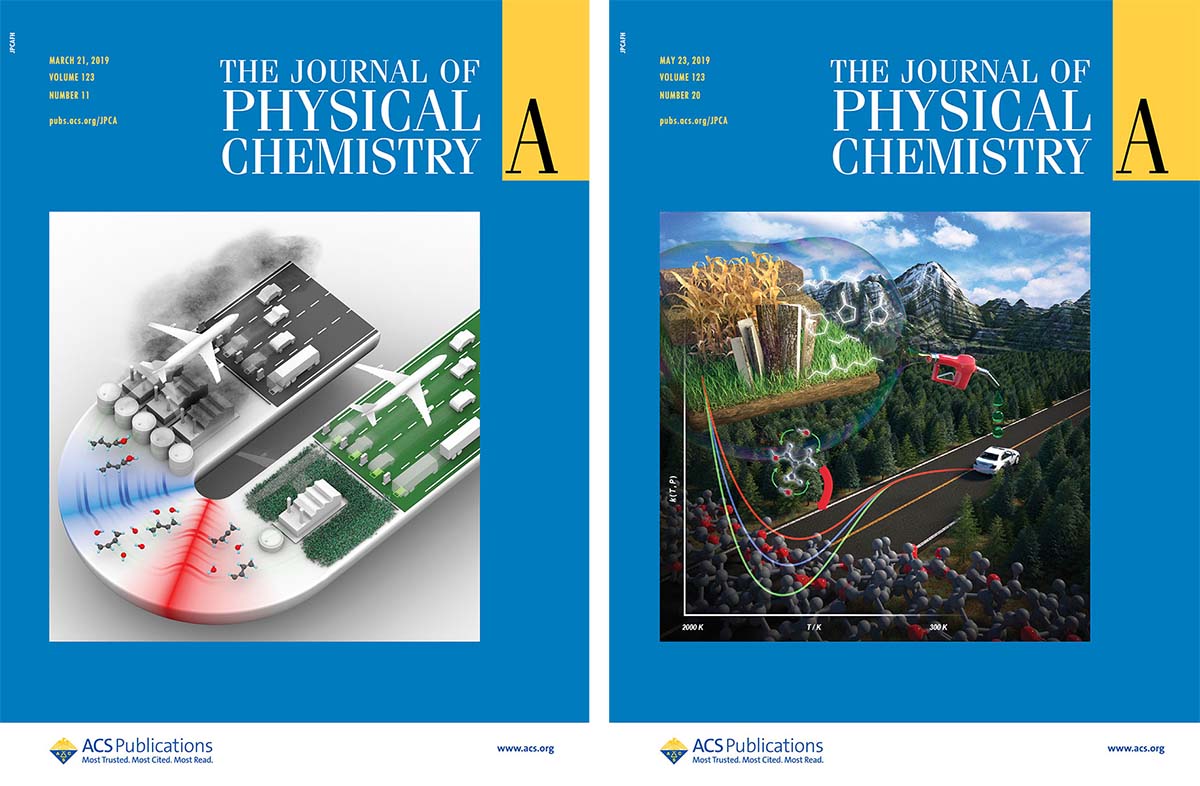

.png?sfvrsn=1b6bae1a_0) (FASTER)
(FASTER).png?sfvrsn=ac211bda_0)

We employ both experimental and computational tools to gain deeper insights into the complex reaction systems of low-carbon and carbon-neutral fuels. Our laboratory has a low-pressure shock tube, a high-pressure shock tube and a rapid compression machine. These reactors allow to achieve a well-defined temperature (500 K £ T ³ 5000 K) and pressure (P £ 300 atm) regimes of practical interest for chemical kinetic study. For quantitate measurements, we couple these facilities with non-intrusive, species-specific laser diagnostics, some of which are developed concurrently in our laboratory.
Our group has become highly recognized in measuring rate coefficients of elementary reactions, particularly, the reactions of hydroxyl (OH) radical with fuel molecules and the reactions of two radicals. Hydroxyl is perhaps the most important radical in combustion and atmosphere, and it is responsible for the oxidation and breakdown of hydrocarbons. The rate coefficients fuel + OH reactions must be known with high accuracy to build high-fidelity models. Depending on the structure and size of the molecule, H-abstraction takes place preferentially at different carbon sites. We pioneered high-temperature measurements of site-specific H-abstraction rate coefficients. The site-specific rates are needed to be able to accurate predict branching ratios, concentrations of fuel radicals, and ultimately ignition delays, flame speeds and emissions. We had previously worked on alkanes and other simple molecules. In recent years, we focused on alkenes and other complex molecular structures where the competition between H-abstraction and OH-addition pathways becomes critical in deciding the fate of oxidative processes.